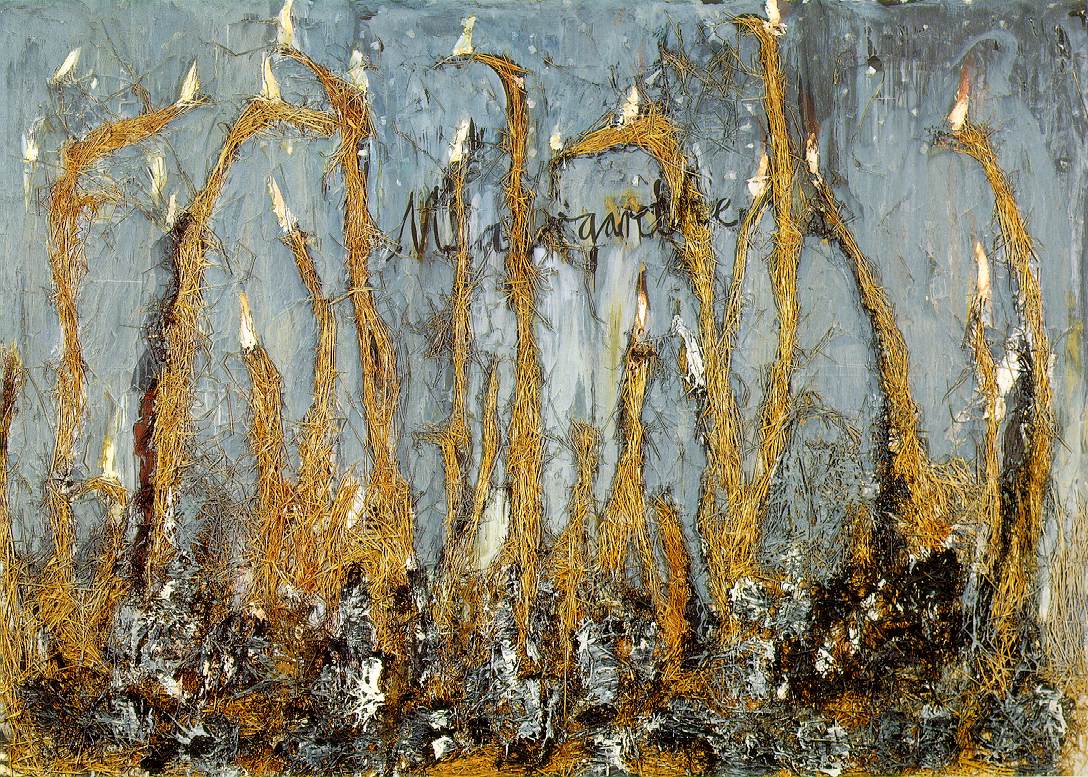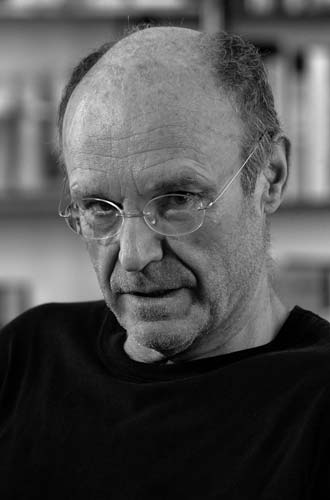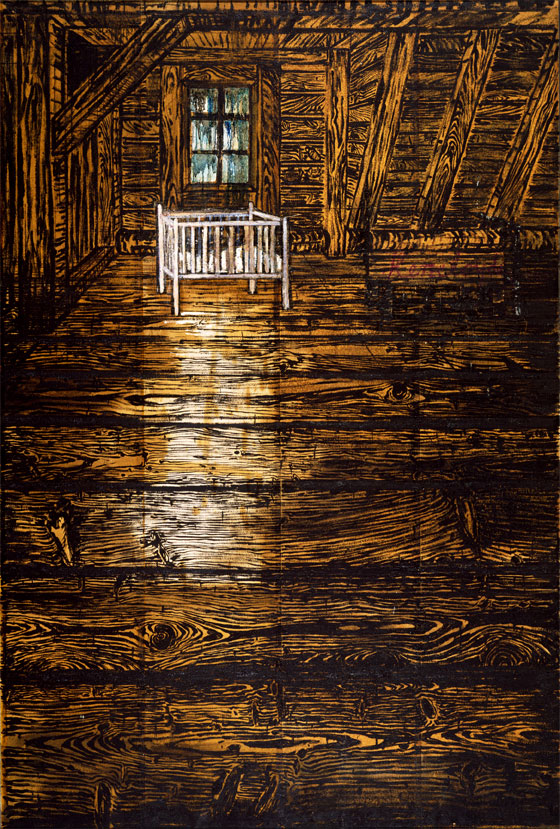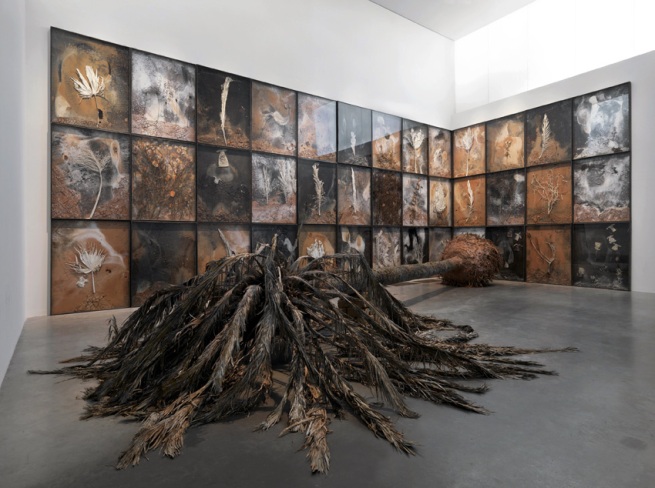We visited the Around Sound Exhibition at Kwun Tong Ferry Pier on 26 January. When I first knew we were going to visit an exhibition at a ferry pier, I put a lot of question marks in my head "Why ferry pier?" "Why outdoor?" "Why Kwun Tong?"(since my only impression of this place was industrial estates). But after we arrived there, the avenue answered my questions.

Cedric Maridet, a sound artist was performing his work in the avenue. He used electronics to connect the current on different devices to make the noise music. For example, one of the noise was the lid hit the bowl. This performance was made by found noise. The environment there was quite quiet. As show in the right picture, the area was very spacey and the sound dispersed.

This was a sound performance by Akio Suzuki. He put some planks as a horizontal line in front him and he hammered the nails one by one like a carpentry. He nailed them in different positions haphazardly. It took him around 10 minutes to finish. After he was done, he used one nail to hit all the hammered nails to make connective sound. A clear and pleasant rhythm was the result. At the same time, a girl danced around the planks. She used her body movement to match the frame of sound. It was a really nice performance that the sound art and visual performing art were both presented. Since it was in open area, the sound dispersed and went on with the environmental sound. I felt very clam and relaxed during this sound art performance.

 There was another performance by Suzuki. Some bottles filled with water were placed in the middle of an area. The female artist started her body movement and poured out the water from the bottles in different speed and motions. The sound of the poured water hit the ground was presented. Since it was really quiet there, every single sound made a difference. Later Suzuki picked up some bottles and put them down. Since the volume of water was different in each bottle, the sound he made was not the same. Again, this performance merge the space, sound and visual contemporary art together.
There was another performance by Suzuki. Some bottles filled with water were placed in the middle of an area. The female artist started her body movement and poured out the water from the bottles in different speed and motions. The sound of the poured water hit the ground was presented. Since it was really quiet there, every single sound made a difference. Later Suzuki picked up some bottles and put them down. Since the volume of water was different in each bottle, the sound he made was not the same. Again, this performance merge the space, sound and visual contemporary art together.
My thoughts
I was not familiar with sound art before. Back in high school I was studying Fine Art so I only knew things from the visual form of contemporary art. This visit was the only sound art exhibition I have ever been. It had definitely built up a basic understanding of sound art for me. I really enjoyed the hammering performance because it was soul-stirring and I really like acoustics sound. Compare to electronics sound, I prefer acoustics more since I think it is more connected to the sound of nature. After the visit, I won't say I am a big fan of sound art since I don't have much knowledge about this genre, but I certainly have grown some interests. It changed my view of visual art dominated the contemporary art. Sound art is also fairly important in the development of contemporary art.
Osage Opening - Andy Warhol's Cinema
After the Around Sound Exhibition, we went to the Andy Warhol's Cinema. Since we were not allowed to take pictures inside, I did not have any pictures of any videos. But I really like the video Blowjob (1964) and Kiss (1963). Both of his videos completely captured the passion and intimidation between lovers. Both videos also reflected Andy Warhol's supportive attitude towards homosexuality.

























.jpg)






